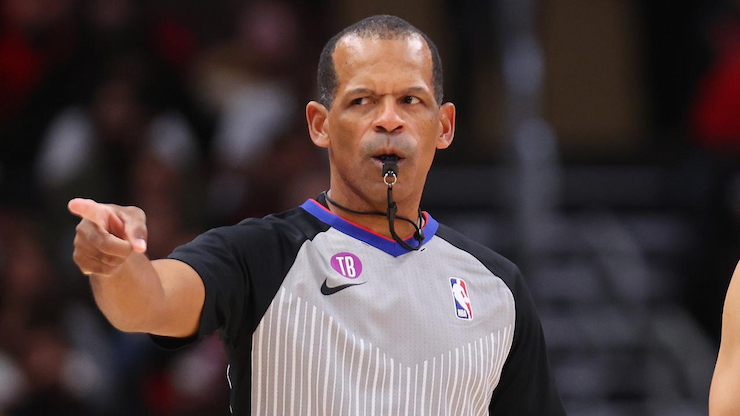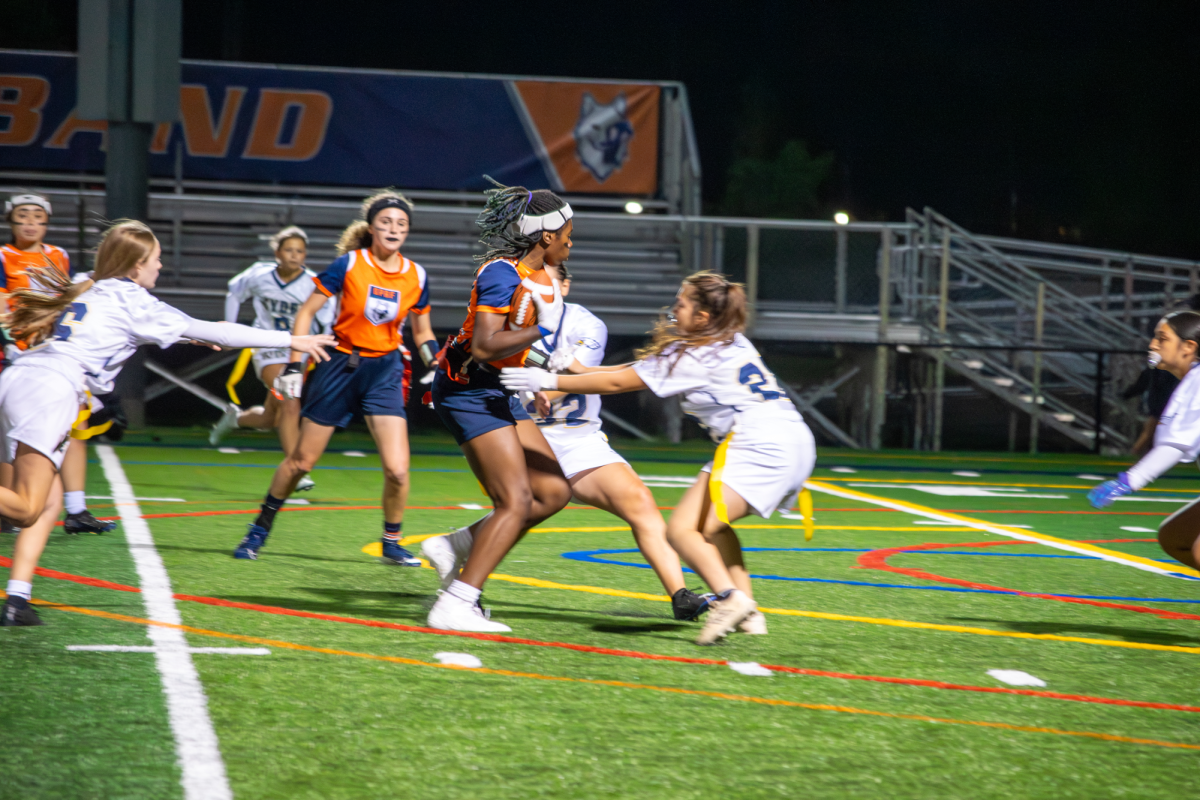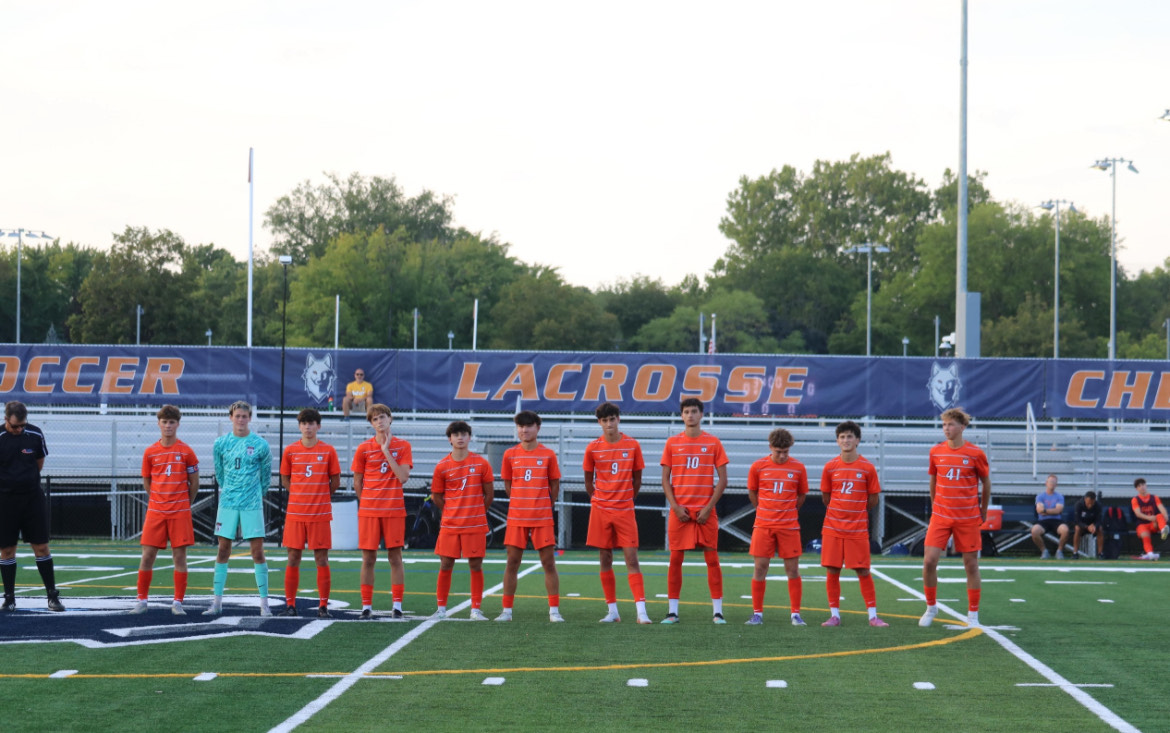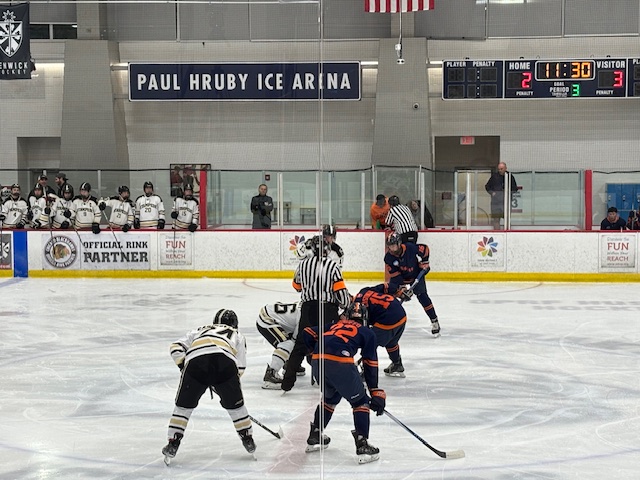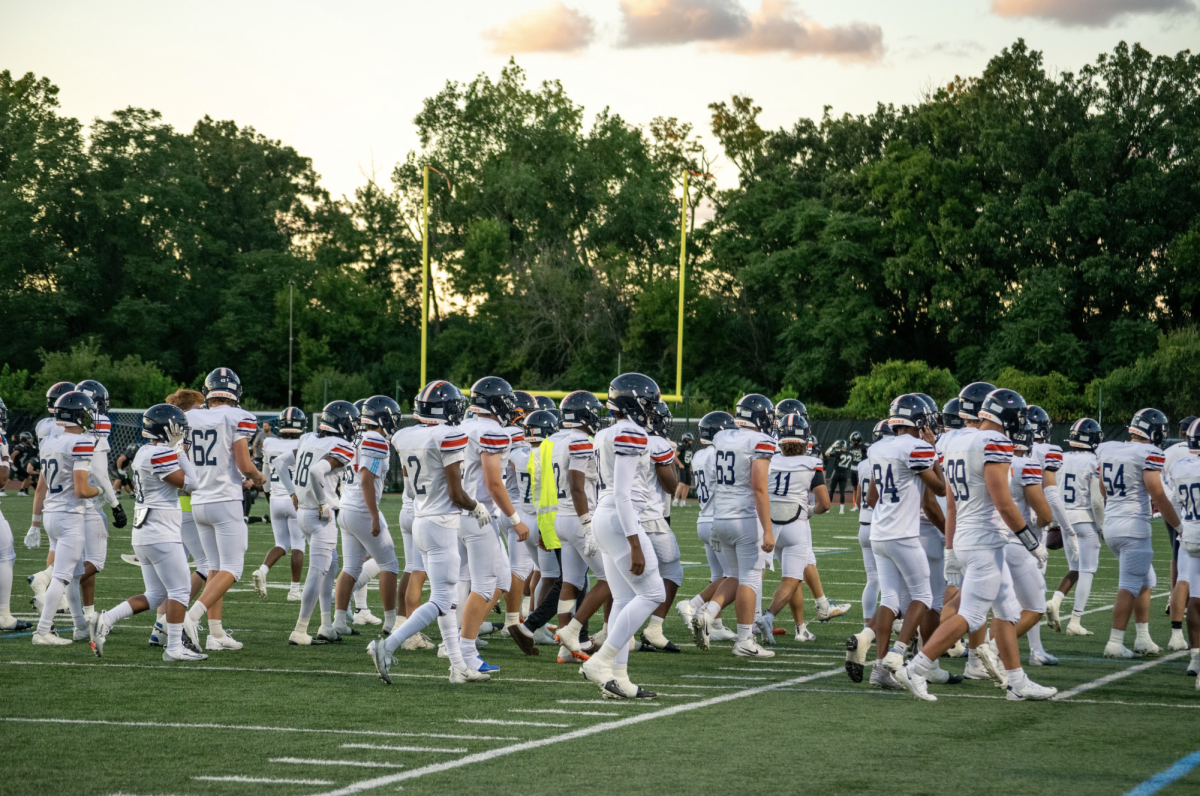Today, we look at the people on the field wearing zebra stripes, none other than the officials. Many sports fans have been angry with an officiating crew on their favorite sports teams, wondering why they called traveling when there was only one step taken or how was that pass interference?
Officials at the high school level, and any level for that matter, are incredibly important. They are important as personal rulebooks, and they also make sure that everyone is playing fairly (to the best of their ability). However, officials also have an incredibly important role, aside from just watching the players.
Officials are also important to the health and safety of student-athletes. Take a football official for example. There are usually five officials on the field, with different rules to enforce based on their positioning, but there is one thing that every one of them has in common: the “safety rules” must be enforced.
What is a “safety rule?” In sports like football, hockey, lacrosse and even basketball they are pretty easy to see. Football has penalties like horse-collar tackles or blind-side blocking, just as hockey and lacrosse have rules regarding slashing and cross-checking. Finally, basketball has the infamous flagrant foul.
Keeping the integrity of the game is important, but in my eyes, the most important thing an official can do is care about the student athlete’s health and safety.
However, a rising problem is the declining number of fit and well-trained officials available to keep up with the fast pace of high school athletics.
According to research by Matthew J. Williams published this year in the peer-reviewed Sport Journal, “77% of current officials are over the age of 45, with slightly more than half over the age of 55.”
The problem with having older and older officials is that student-athletes are not getting any older.
There has also been a decrease in the number of officials taking the field. In Michigan, according to Williams, the “amount of referees available dropped from 12,400 to around 10,000 over the previous decade.”
I decided to take the plunge into officiating last year, and for me, it was one of the best decisions I have ever made. While some people would hate being an official, and there is no shame in that, some people would do it if they just knew where to start.
For those who are interested, the Illinois High School Association (IHSA) offers licensure in 16 different sports, and officials can get started as early as 15 years old. From ages 15-16, the IHSA offers a provisional license, which allows the holder to officiate 9th grade and below. Those 17 and older can apply for a full license.
However, being an official takes both time and money. The IHSA requires officials to take an exam and see a video on rule changes yearly, as well as attend a clinic every three years. Additionally, the IHSA does not provide uniforms, so officials must provide those for themselves.
The need for officials is dire at this point, especially for younger people. Younger officials can connect with student-athletes more easily than older officials, making the experience smoother for everyone.
If you have any interest in being an official, I implore you to get out there and do some research on getting started. Without officials, it’s just recess.

